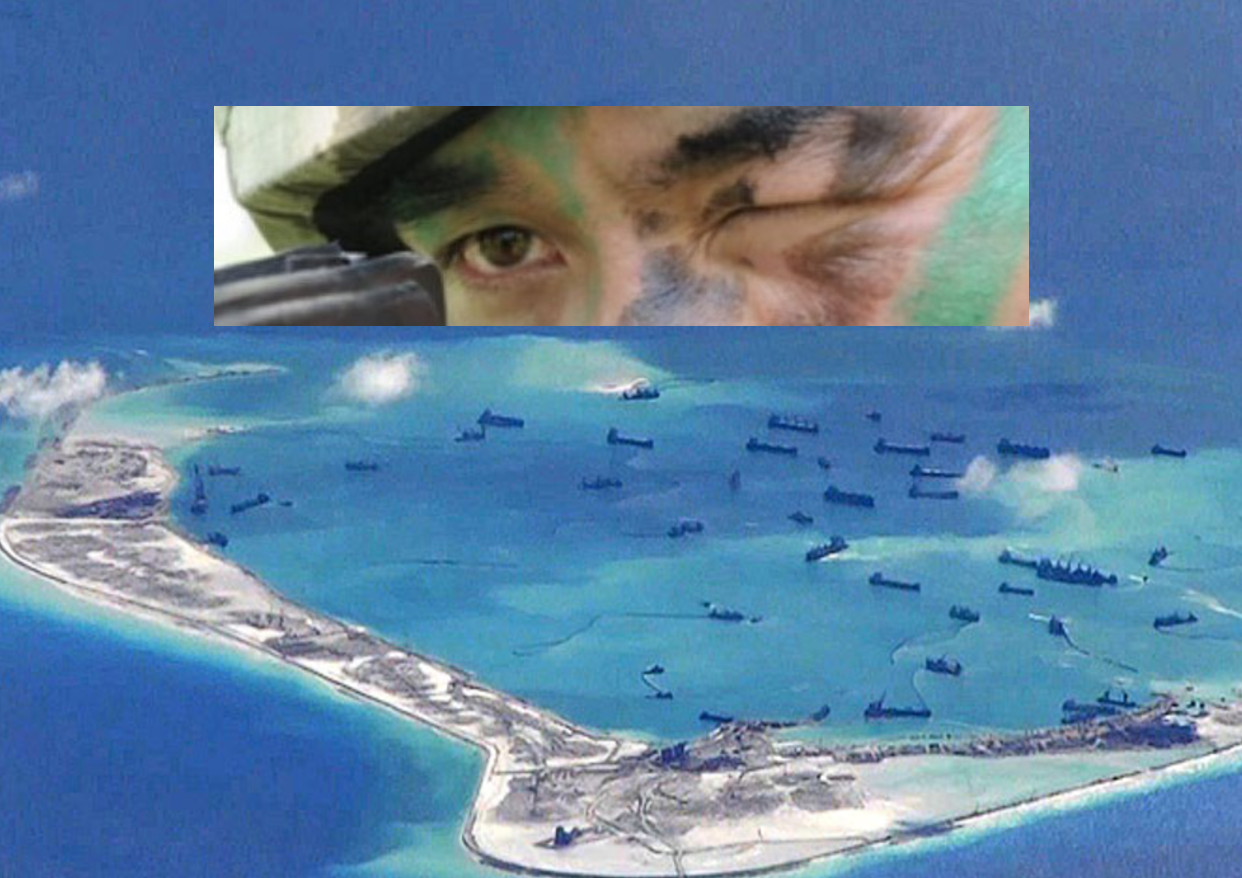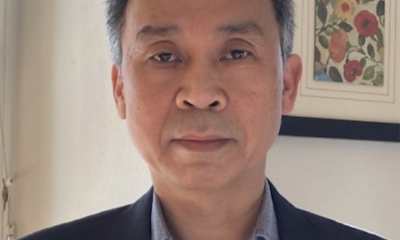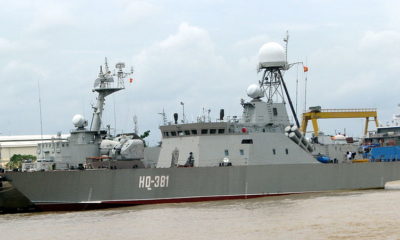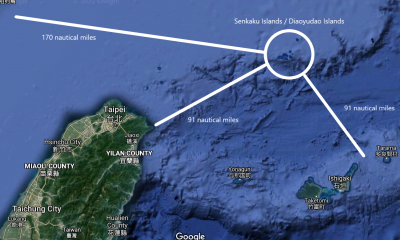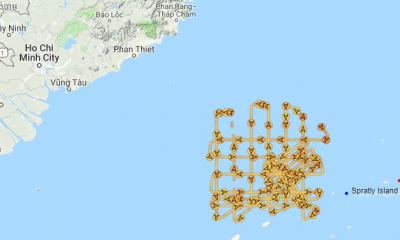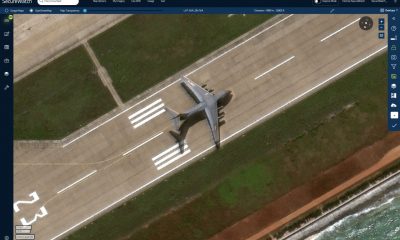Nguyen Luong Hai Khoi
On October 26, 2018, while dealing with the US-China trade war, President Xi declared that the Chinese navy and air force must be ready for war in the South China Sea. (See South China Morning Post, ‘Prepare for war,’ Xi Jinping tells military region that monitors the South China Sea, Taiwan, October 26, 2018). This statement was a new Chinese escalation in the South China Sea, following aggressive moves after the Permanent Court of Arbitration’s ruling. There are two common explanations for China’s more muscular aggression after the South China Sea Arbitration.
- PCA’s ruling was the direct reason for China to become more aggressive.
- China has become more aggressive in the South China Sea because President Xi Jinping is under pressure from the Chinese Navy and Air Forces.
Both these understandings are wrong.
PCA ruling 2016 caused a crisis in the South China Sea?
On August 4, 2016, Hong Kong’s “Ming Pao” 明報 released a noticeable report:
“The Chinese version of the “South China Sea website” (中國南海網) just came out yesterday. Several historical documents and maps were published for the first time on this site. A few days ago, President Xi Jinping said, “If we do not take action in the South China Sea, then we will only possess a pile of useless historical documents.” (Original in Chinese, translated by the author.)
Besides, according to the above article, at the same time as many historical documents related to the South China Sea were published for the first time on the “South China Sea website” (中国南海網), one of their sources in Beijing said that during the meeting of the Central Politburo of the Communist Party of China, held before the PCA’s Award on July 12, 2016, Xi Jinping stated as following:
“In the South China Sea, if we do not act now, then in the future, all that remains is a pile of historical documents. No matter what we say, it is useless. As long as we act now, we can maintain a disputed situation in the South China Sea.” (Original in Chinese, translated by the author.)
According to Ming Pao, after China’s Central Politburo conference, Xi Jinping added: “A real big country is not afraid of problems. On the contrary, because problems arise, we can turn the disadvantage into an advantage.”
“Ming Pao” argues that the above events reflect that China has adjusted its foreign policy in a more decisive direction.
We examine the information released by “Ming Pao” 明報 as follows.
When visiting the website “South China Sea” (中国南海網) in August 2016, we only found a few popular documents. No document is published “for the first time.” Currently, as of January 2021, the “documentary” part of this website is still sketchy.
“Ming Pao” 明報 reported that Xi Jinping urged military action in the South China Sea during the Chinese Communist Party’s Central Politburo conference. However, the conferences of China’s Central Politburo in 2016 took place long before that. The first conference document of the Central Politburo of China’s Communist Party in 2016 was announced on January 29, 2016, more than half a year before the “Ming Pao” ‘s report.
This document announces the results of the review for “Summary Report on Working Report of the Standing Committee of the National People’s Congress, the State Council, National Committee of the People’s Political Consultative Conference of China, The Supreme People’s Court, the Supreme People’s Procuracy, and The Central Secretariat of the Chinese Communist Party” (审议《中央政治局常委会听取和研究全国人大常委会、国务院、全国政协、最高人民法院、最高人民检察院党组工作汇报和中央书记处工作报告的综合情况报告》). Besides, two documents, “Report of government activities” 「政府活动报告」and “13th Five-Year Plan” 「第十三个五年规划」, was announced on February 22. Xi Jinping personally convened this conference and examined the document. This event was followed by May 27, Politburo of the Chinese Communist Party’s Conference discussing the urbanization of Beijing-Tianjin-Hebei (中共中央政治局召开会 – 议研究部署规划建设北京城市副中心和进一步推动京津 冀协同发展有关工作 – 中共中央总书记习近平主持会议). Then came the meeting of Politburo of the Chinese Communist Party held on July 26 after the PCA’s ruling, that decided to convene the Plenary Session from October 24 to 27 in Beijing, “analyze and study the current economic situation” and “deploy economic work in the second half of the year.” Finally, The Sixth Plenary Session of the 18th Central Committee of the Communist Party of China (中国共产党第十八届中央委员会第六次全体会议) was held from October 24 to 27, 2016, discussing economic policy in the second half of that year.
Thus, the Chinese Politburo conferences in 2016 only discussed economic, social issues, domestic political organizations, not foreign affairs, and the South China Sea issue, as “Ming Pao” reported falsely. The “Ming Pao” also added the phrase “according to sources in Beijing,” so the readers can interpret Xi Jinping’s statements as being quoted “according to leaked information.” However, this “leak” may be inaccurate because military directives of Xi Jinping has been given in the Central Military Commission of the Communist Party of China (中国共産党中央軍事委員会), not at the Conference of the Politburo of the Central Communist Party (中共中央政治局 会議).
Thus, a series of errors in the “Ming Pao” report, as pointed out above, can make us suspect that this news is fake. Nor does it rule out the possibility that the “Ming Pao” newspaper reported such fake news to sell smoke and mirrors and intimidate Southeast Asian countries. By the way, since 2001, “Ming Pao” has been listed as one of the newspapers directly or indirectly controlled by the Chinese government. (See: “How China’s Government is Attempting to Control Chinese Media in America”, Jamestown Foundation, November 21, 2001).
The logic of the report of “Ming Pao” is that, first of all, report the “South China Sea website” was launched, as if this website had published solid historical evidence of China’s sovereignty over the South China Sea (in fact, this website only publishes invalid materials). This report then emphasized that Xi Jinping stated that China must take military action in the South China Sea, and in the end, argued that the Permanent Court of Arbitration’s award provokes China to change its foreign policy, shifting from a peaceful policy to an offensive one. Some international media have misread and republished that report of “Ming Pao” such as “China times” in Taiwan)
When did China become aggressive?
Not as “Ming Pao” hinted that the PCA’s ruling provoked China’s more forceful response, China had previously declared and implemented a policy of military violence.
China unexpectedly attacked administrative and military agencies on the Paracel Islands managed by the Republic of Vietnam in 1974, attacked Vietnamese engineer soldiers in 1988 in Spratlys (Johnson South Reef; Vietnamese: Gac Ma). China has also continuously sunk fishing boats of Southeast Asia in the South China Sea since 2005. It has been militarizing low-tide elevations in the South China Sea since 2013, bringing drilling rig HY981 deep into Vietnam’s EEZ in 2014. The PCA’s ruling in July 2016 is just an excuse for China’s propaganda to provoke nationalism, not the reason that makes China more aggressive in the South China Sea. Although it is impossible to confirm whether Xi Jinping’s statement regarding military action is correct or not, it accurately reflects China’s behavior in reality.
The article of “Ming Pao” reported Xi Jinping’s statement that underscores China’s significant advantages, and then commented that the PCA’s ruling in July 2016 made China behave more assertively in the South China Sea. This kind of narrative strategy is similar to China’s propaganda method that aims to turn China from being an aggressor, violating the UNCLOS in the South China Sea into a “victim” of the Permanent Court of Arbitration to justify aggressive acts of China at sea.

 Politics & Economy3 years ago
Politics & Economy3 years ago
 Society & Culture4 years ago
Society & Culture4 years ago
 ARCHIVES4 years ago
ARCHIVES4 years ago
 Politics & Economy3 years ago
Politics & Economy3 years ago
 Politics & Economy4 years ago
Politics & Economy4 years ago
 Politics & Economy3 years ago
Politics & Economy3 years ago
 Politics & Economy4 years ago
Politics & Economy4 years ago
 ARCHIVES3 years ago
ARCHIVES3 years ago
